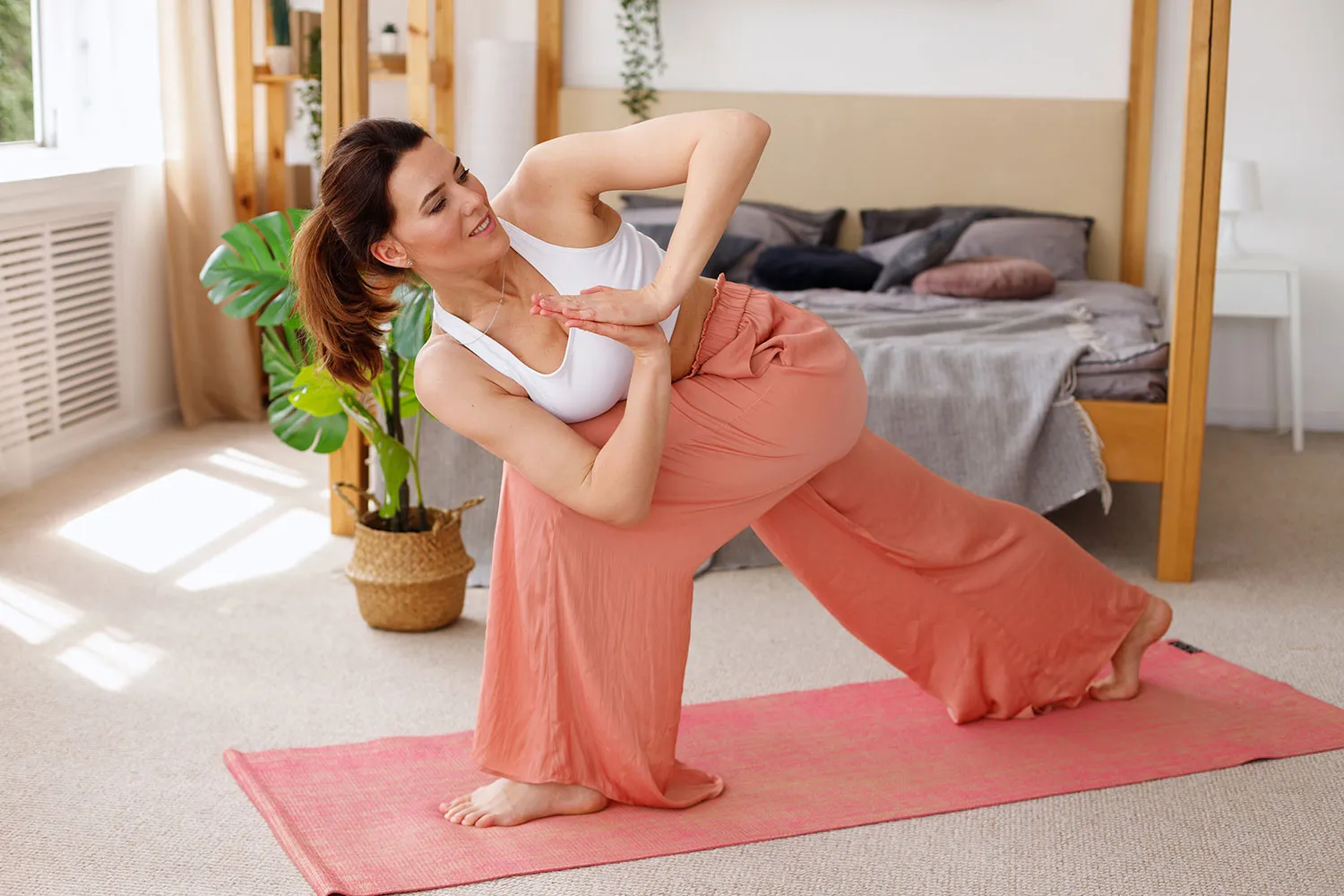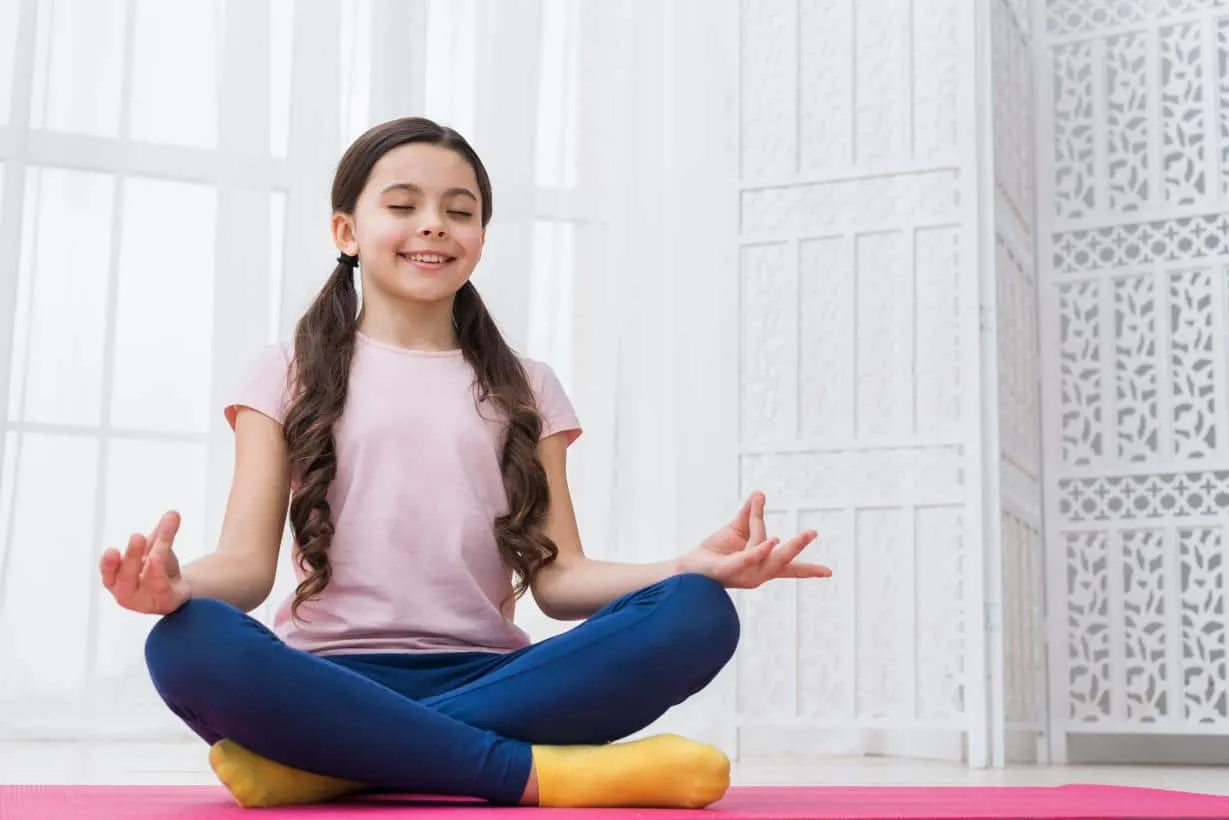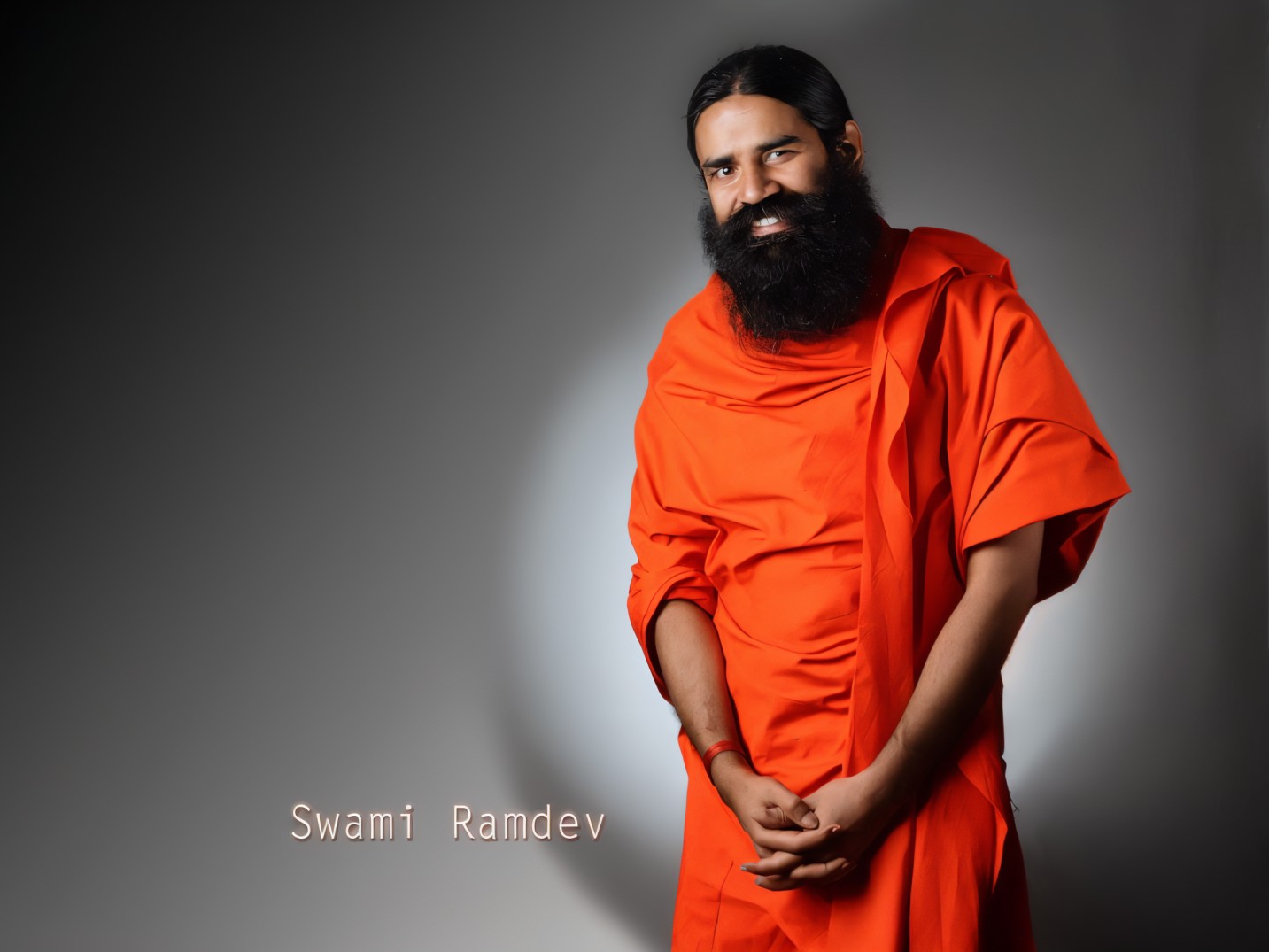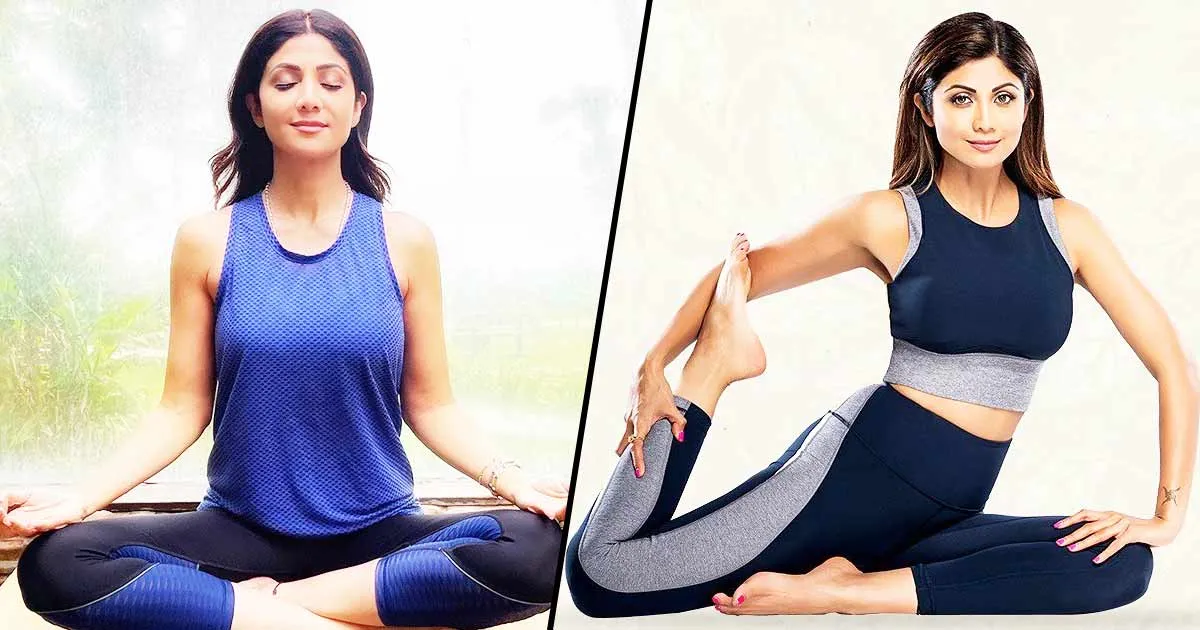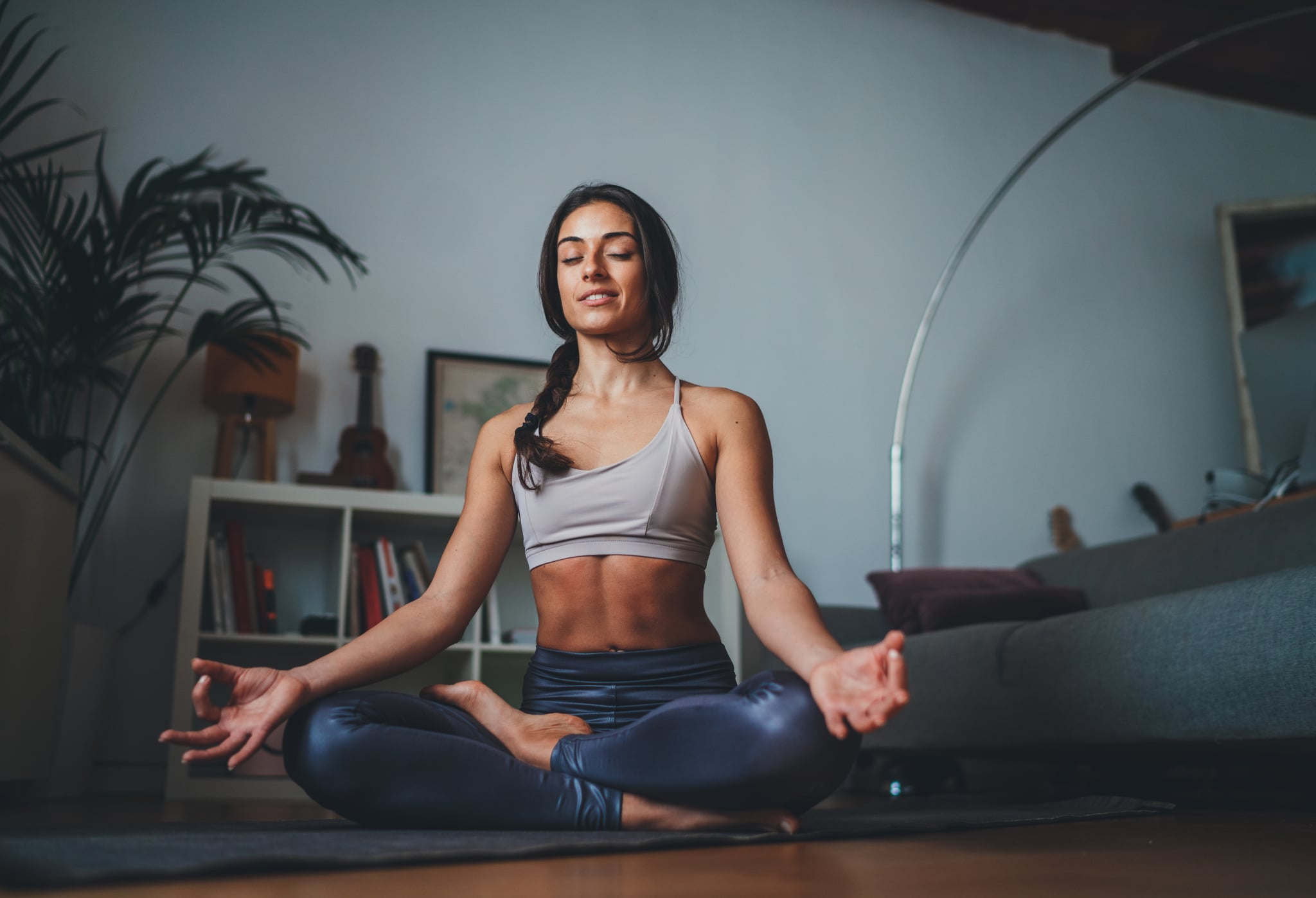
Meditation has been a part of my life in different ways for the last few years. Most recently, it has been a way for me to handle stress, sleep better, and help counterbalance the physical training I put my body through.
But there’s a part of meditation that has always confounded me that may surprise you. While others say they find it hard to fully clear their minds, I find it hard to maintain good posture. As someone whose natural inclination is to curl up and slouch in any and every seat I’m in, maintaining an upright, aligned posture while meditating is an uphill battle.
That’s why I turned to Rita Trieger, a yoga expert and a fitness instructor for the motivational digital exercise and wellness platform with an emphasis on fitness for cancer survivors, MyVictory.com. Trieger has more than 20 years of yoga experience and knows a thing or two about making a meditation practice accessible to all.
I learned that the next time I change into my favorite relaxation gear like my UA RUSH™ Tank ($45) and put on my white-noise machine, I’d be wise to pay attention to how I’m sitting, too.
Yes, There Is an Ideal Posture
Surprise, surprise, there is a reason your yoga instructor always emphasizes a certain pose during your ohms.
Trieger explained that you should be seated, ideally cross-legged in Easy Pose, during your meditation practice. To make this traditional cross-legged pose more comfortable, Trieger explained you can sit up on a blanket, cushion, or yoga block or even lean up against a wall.
Another popular seated position Trieger offered for meditation is Hero’s Pose, in which you kneel and place a block or cushion under your sit bones. And if you have problems with your knees or hips, these two poses may be challenging, so you can always sit on a straight-backed chair with your feet firmly planted on the ground.
But no matter which pose you prefer, there’s a reason they’re ideal. “Meditation is about awareness and observation and contemplation,” Trieger explained. “Sitting up keeps us alert and provides the space for us to not only explore our own consciousness but also to breathe more expansively.” She added that attention to breath keeps us anchored in the present moment so we’re not tempted by the inevitable distractions of the body or mind.
Don’t Forget About Your Breath
As you may have guessed, posture and breathing are tied in meditation. “Maintaining good posture very much allows for better access to the breath,” Trieger said. “When we’re sitting in a well-aligned position and can expand the belly as we inhale, the diaphragm, or breathing muscle, is able to drop down, making space for the lungs to expand more fully. As we exhale, the diaphragm moves back up, helping to nudge the breath back out.”
She also explained that when we’re breathing more expansively, we soothe the nervous system, which actually helps to calm and settle the constant commentary of the mind. Bonus points: expansive breathing helps to tone the abdominal wall and allows us to take in more oxygen molecules, which infuse muscle fibers, helping to release tension and create suppleness.
OK, but Is There a Downside to Bad Posture?
Let’s just say those who are like me and assume poor posture is harmless, especially when it’s my mind at work during meditation, would be mistaken.
As Trieger explained, if you do not practice good posture while meditating, you’re likely to exacerbate misalignments or holding patterns within your body, which can create discomfort and lead to distraction.
“While physical distraction is usually present in small ways, if you’re dealing with extreme, ongoing discomfort, it will definitely inhibit your ability to meditate long-term,” she said. “And while some people may initially find a reclined position easier to maintain, it’s also likely to promote sleepiness. That may help you to feel more rested, but it’s not conducive to being present.”
True meditation is conscious awareness, she reminded.
Practice Makes Perfect
But just like any other sport or goal you’d work toward, good posture is something that can be improved, and you shouldn’t get discouraged if you find it difficult.
“There’s no magic bullet when it comes to meditation,” Trieger said. “It’s a matter of practice. People who have been meditating for many years often have days when they simply cannot sit.”
Simply start with five minutes a day, and gradually add more time. Try different techniques like guided imagery or candle gazing and see what resonates with you, according to Trieger. And as she advised, remember: “It’s like any other practice — the more you do it, the better you’ll get at it.”
.